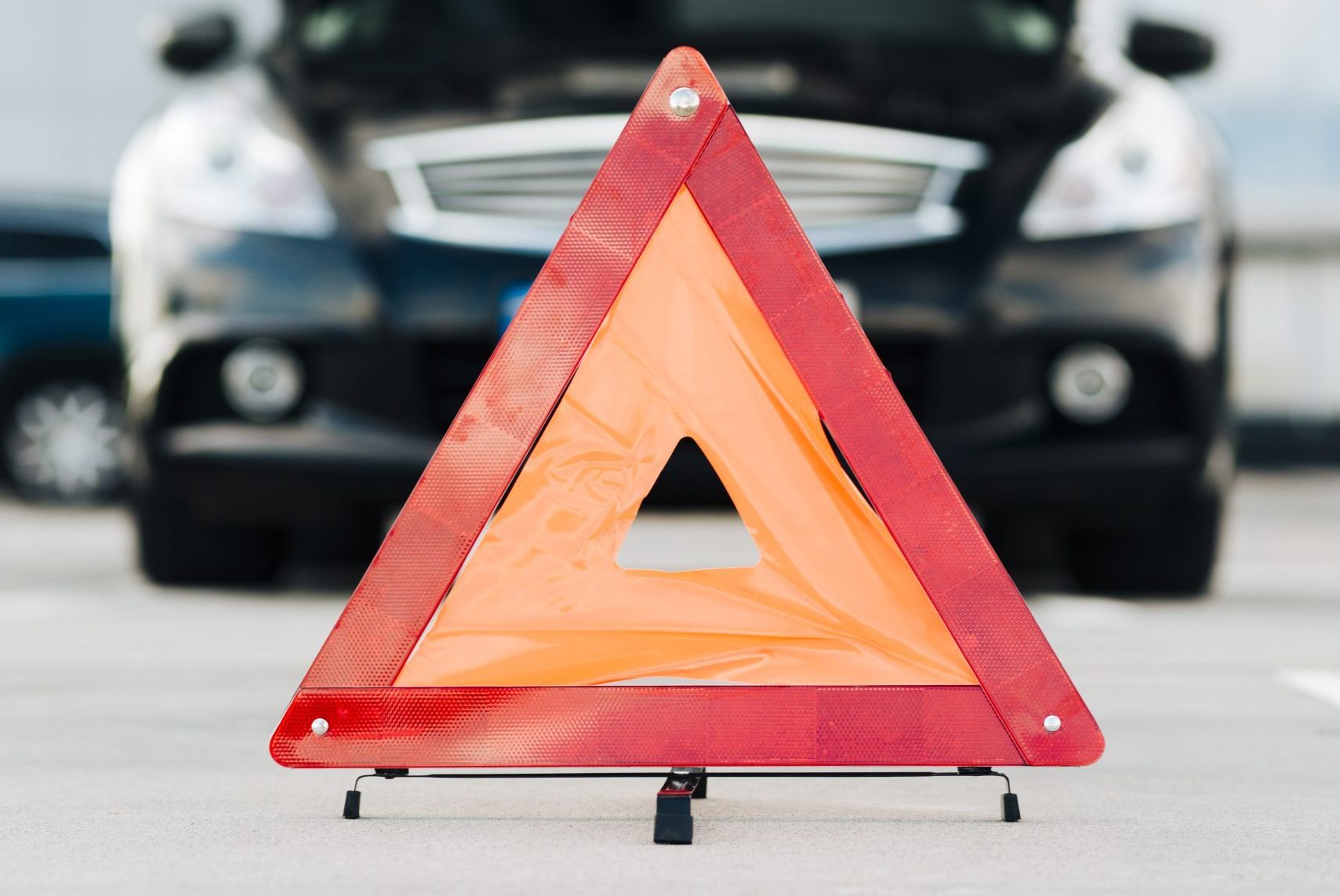By Rodgers Bunduki
As the Safari Rally swiftly approaches on the 28th-31st March 2024, the anticipation of groups heading to Naivasha over the Easter weekend mounts. Whether you’re embarking on a journey for Easter festivities or gearing up for the rally in Naivasha, there’s one indispensable tip to ensure preparedness: the Lifesaver Warning Triangle.
The unpredictability of the road underscores the importance of being prepared, not just for your own safety, but for the well-being of fellow road users. Stopping on a highway or roadside poses inherent risks, especially on winding roads, in poorly lit areas, or during adverse weather conditions.
So, how do you ensure safety for yourself and others in the aftermath of an incident? The warning triangle is your guardian angel on the road, signaling danger and guiding fellow motorists to safety.
Warning triangle warns other drivers of a stationary vehicle. Its primary objective? To secure the site of a halted car and caution motorists, ensuring their safe navigation around it.
These triangles are indispensable because they:
• Enhance the visibility of your immobilized vehicle.
• Warn approaching traffic of the presence of your stationary vehicle.
How to Utilize Lifesaver Warning Triangles
If your vehicle is stationary, whether due to a breakdown or any other reason besides a traffic stop, ensuring its visibility to other motorists is crucial. Activating your hazard lights not only renders you visible but also signals to other drivers that your vehicle is stationary.
For optimal safety, position your car as far off the driving area as possible.
Opening your hood, if feasible, magnifies the appearance of your vehicle, making it more conspicuous to others.
After maximizing visibility, deploying lifesaver warning triangles becomes paramount. Whether utilizing auto lights or traditional triangles, ensure they are positioned at appropriate intervals from each other and your vehicle to alert others of your stationary status.
Where Should Lifesaver Triangles Be Placed?
Proper alignment of warning triangles is vital to capturing the attention of oncoming traffic and signaling a potential need for assistance. So, how do you position them for optimal visibility?
The recommended placement of reflective warning triangles is at least 50 to 70 meters in front of and behind a stalled vehicle on the road.
Consider these guidelines for placing warning triangles:
• Activate hazard lights whenever you stop your car on the shoulder or in the travel lane, as mandated by law.
• Deploy warning triangles promptly after pulling over, ideally within the first 10 minutes.
• Ensure reflective material or LED lights face oncoming traffic for maximum visibility.
• On straight roads, adhere to previously mentioned placement instructions.
• On curves, hills, or near visual obstructions, position warning triangles between 100 and 500 feet from the disabled vehicle.
• On divided or one-way streets, place warning triangles at 100 and 200 feet facing approaching traffic, with another at about 10 feet from the rear of the car.
Prompt placement of warning devices should be a top priority after safely pulling off the road. Ensure triangles or flares are in position within 10 minutes of stopping. Activate your hazard lights immediately to alert traffic of your immobile vehicle. Adhering to these instructions on proper emergency triangle placement could safeguard not only your life but also the lives of others on the road.
